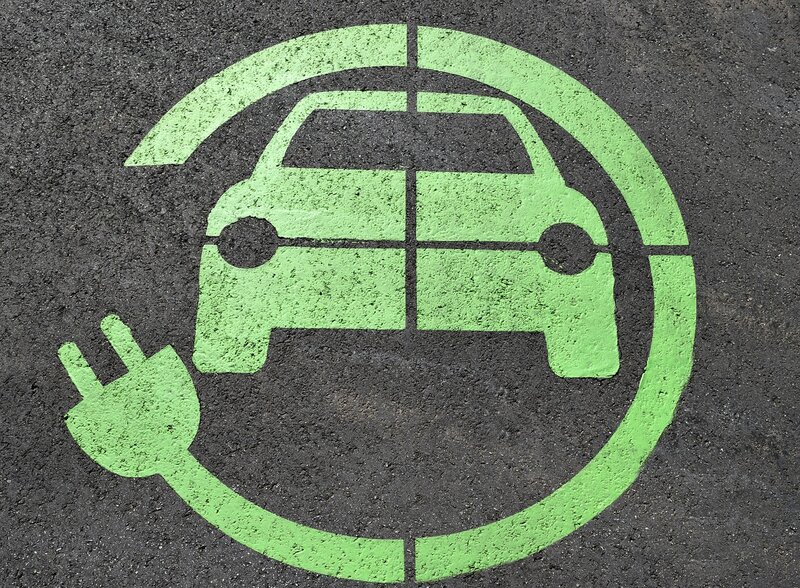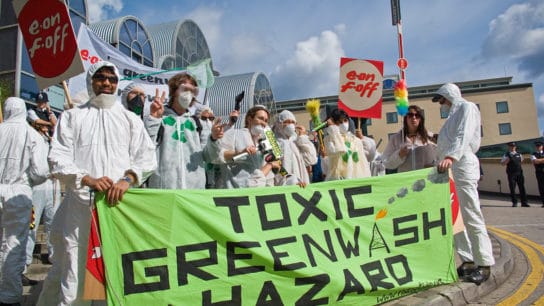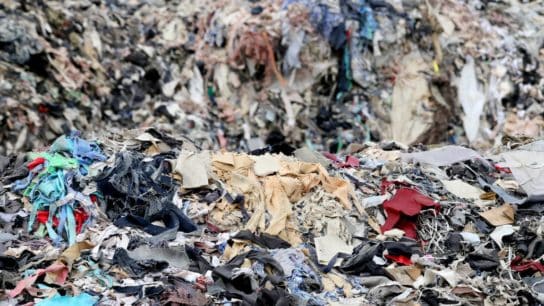The UK government has announced the ban of new petrol and diesel cars from sale after 2030. The ban had initially been planned for 2040 but has been brought forward under Prime Minister Boris Johnson’s 10-point plan to tackle climate change.
—
Currently, fewer than 1% of cars on UK roads are powered entirely by electricity, so the new announcement to ban the sale of petrol and diesel cars after 2030 will require a massive investment in the infrastructure needed for electric vehicles.
What is Happening?
- The UK’s green plan will create and support up to 250 000 British jobs, according to the PM. The government says that it will spend £12 billion the plan, including £1.3 billion to accelerate the roll-out of charge points for electric cars in homes, streets and on motorways across England. £582 million will help people afford zero- or ultra-low emission vehicles and nearly £500 million will be spent in the next four years on the development and mass production of electric vehicle batteries.
Industry insiders, including president of the Automobile Association, Edmund King, says that this includes adding more charging stations and a better supply of cars that are also affordable.
According to Sky News, the only country with a more ambitious electric vehicles target is Norway, which will ban the sale of new petrol and diesel cars in 2025. The UK is planning to bring all greenhouse gas emissions to net zero by 2050.
Johnson says, “Our green industrial revolution will be powered by the wind turbines of Scotland and the North East, propelled by the electric vehicles made in the Midlands and advanced by the latest technologies developed in Wales, so we can look ahead to a more prosperous, greener future.”
You might also like: Jeff Bezos Announces First Winners of $10Bn Climate Change Pledge
The 10 points in UK’s green plan are:
- Offshore wind: Harnessing enough offshore wind to power every home, quadrupling production to 40GW by 2030, supporting up to 60 000 jobs
- Hydrogen: Generating 5GW of low-carbon hydrogen production capacity by 2030 and developing the first town heated entirely by hydrogen by the end of the decade
- Nuclear: Promoting nuclear as a clean energy source and developing the next generation of small and advanced reactors, which could support 10 000 jobs
- Electric vehicles: Accelerating the transition to electric vehicles, and transforming infrastructure to support electric vehicles
- Public transport, cycling and walking: Making cycling and walking more attractive and investing in zero-emission public transport
- Jet Zero and greener maritime: Supporting research projects for zero-emission planes and ships
- Homes and public buildings: Making buildings greener and more energy efficient, creating 50 000 jobs by 2030, and installing 600 000 heat pumps every year by 2028
- Carbon capture: Technology to capture and store harmful emissions away from the atmosphere, removing 10MT of carbon dioxide by 2030
- Nature: Protecting and restoring the natural environment, planting 30 000 hectares of trees every year, creating and retaining thousands of jobs
- Innovation and finance: Developing technologies needed for the plan and making London the global centre of green finance
While many have welcomed the plan, Chris Stark, chief executive of the Committee on Climate Change, said the prime minister’s plan was “a bold statement of ambition” but added, “What’s missing is the road map to achieving it.”

















